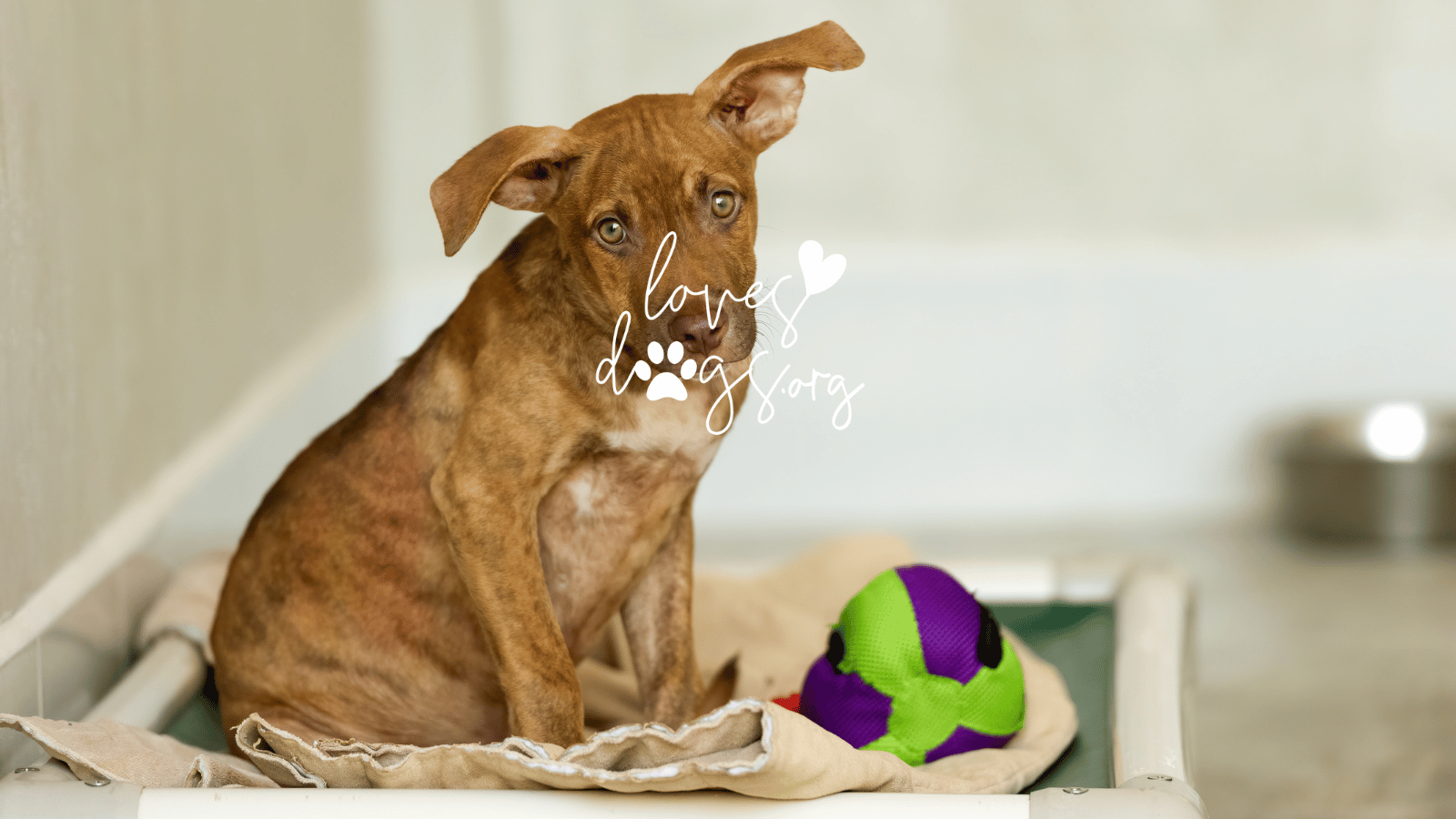
Be sure to check out our Adoption Spotlight, Henry, at the end of this post!
A Guide On Setting Up a Calming Area Where Rescue Dogs Can Feel Secure
At Loves Dogs, we know how important it is to provide rescue dogs with the security and comfort they need when transitioning into their new forever homes. Many of the dogs we rescue have experienced stress, neglect, or trauma, and they need time to adjust to their new environment. One of the most effective ways to help your rescue dog feel safe and secure is by creating a dedicated calming space where they can retreat when feeling overwhelmed.
In this guide, we’ll walk you through setting up the perfect space to help your rescue dog feel comfortable and protected.
1. Select a Quiet, Low-Traffic Location
When you bring your rescue dog home, it’s essential to choose an area where they won’t be exposed to too much activity or noise. Rescue dogs can feel anxious in high-traffic parts of the house, especially if they’re still adjusting. A corner of your bedroom or a quiet living room space away from entrances or windows is ideal. Avoid rooms like kitchens, which tend to be busier.
At Loves Dogs, we always recommend choosing a space where your dog won’t feel isolated, but can have some peace when needed.
2. Make the Space Cozy and Inviting
Comfort is key when creating a safe space. Many rescue dogs have never experienced a soft bed or cozy surroundings, so making this space as comfortable as possible is crucial.
- Bedding: Choose a soft dog bed or a pile of blankets that your dog can snuggle into. If possible, use bedding that has your scent on it, as this will help your dog feel connected to you even when they’re alone.
- Crate or Dog House: Some dogs prefer an enclosed space where they can feel more protected. If your dog is crate-trained or open to it, place a crate in the space with the door open. You can drape a blanket over the crate to create a den-like environment.
At Loves Dogs, we often find that rescue dogs thrive when they have a space that feels like their own little sanctuary.
3. Minimize Noise and Distractions
Many rescue dogs are sensitive to loud noises or visual stimuli that may remind them of past experiences. Reducing the amount of stimulation in their safe space can help them feel more secure.
- Soundproofing: Use white noise machines or soft background music to drown out external sounds, such as traffic, barking dogs, or household noise. This can help reduce anxiety, especially during times of stress, like thunderstorms or fireworks.
- Visual Barriers: If your safe space is near windows or busy areas, consider using curtains or furniture to block distractions. Rescue dogs often need time to adjust to the sights and sounds of a new home, and limiting what they can see will help them relax.
4. Provide Mental Stimulation
While it’s important for your dog’s safe space to be calming, it’s equally important to offer opportunities for mental engagement.
- Toys and Puzzle Games: Rescue dogs benefit from having interactive toys or puzzle feeders filled with treats to keep their minds occupied. It provides positive reinforcement for staying in their calming space and gives them a healthy distraction from any stress.
- Comfort Items: Some rescue dogs feel comforted by items that smell like you or their previous environment. If your dog was fostered before coming home, a familiar toy or blanket can ease the transition.
5. Establish a Routine
At Loves Dogs, we believe in the power of routine to help rescue dogs feel secure. Consistency is critical for dogs recovering from trauma. Encourage your dog to use their safe space regularly, especially after busy outings or during moments of anxiety. However, it’s important that your dog knows they have the choice to retreat there whenever they need a break. Never force your dog into their space—let them associate it with peace and safety on their own terms.
6. Patience and Positive Reinforcement
Every dog adjusts at their own pace, and it’s important to remain patient with your new rescue as they settle in. Celebrate small victories and use positive reinforcement whenever your dog uses their safe space. Over time, they’ll learn that this is their personal area where they can feel safe, loved, and secure.
Final Thoughts
At Loves Dogs, we see firsthand how a little bit of time and effort can transform the life of a rescue dog. By setting up a calming, dedicated space in your home, you’re not only helping your dog feel safe but also building a foundation of trust and security. Rescue dogs may take a bit longer to adjust, but with love, patience, and the right environment, they will become loving, loyal members of your family.
If you have any questions about caring for your rescue dog or need more tips on creating a safe space, reach out to us at Loves Dogs. We’re here to support you every step of the way.
Adoption Spotlight: Henry
Henry is a Lab mix, male, and approximately 3 years old at the time of this posting (September 9, 2024). He is heartworm positive. Be sure to watch his video below. And, amazing news! Henry’s adoption fee has been sponsored with an Angel 😇 donation. If you’d like to adopt Henry, contact the City of Prichard Animal Shelter on Facebook, call at (251) 456-5399, or email at PrichardPoochies@gmail.com. Happy Trails and Happy Tails, Sweet Henry! ❤️🐾
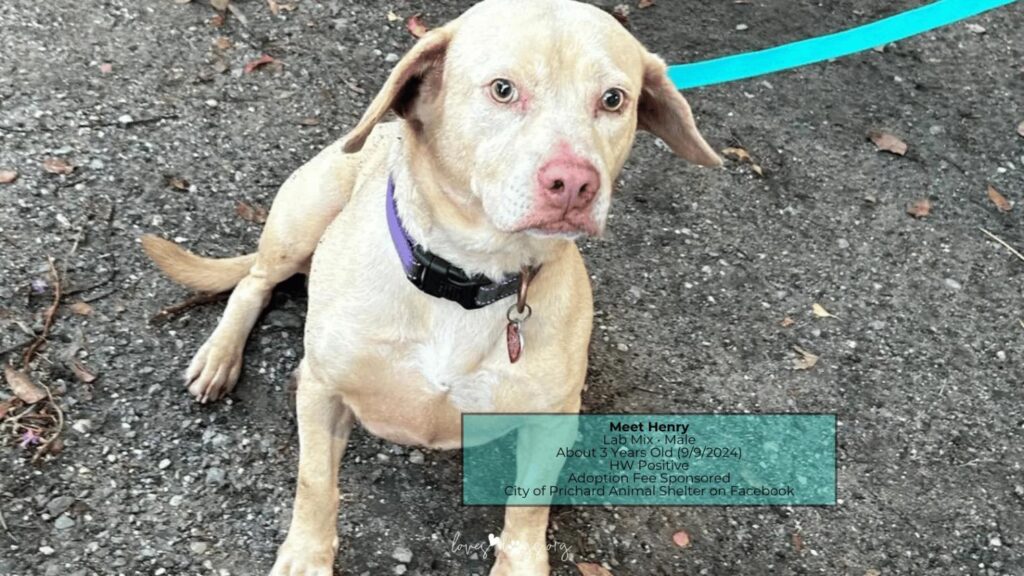
Sweet Henry (164) has been in shelter a long time now. This boy has stole the staff heart. Please share ! ‼️ Has Adoption Fee has been sponsored.‼️ Henry is a lab mix, approximately 3 Yrs old He is Heartworm Positive Animal friendly. We open Monday – Friday from 9am to 3pm. (251)456-5399 Adoption Fee Covers the pooch been altered, first round vaccinations, rabies, microchip, flea prevention , heartworm test.
Posted by City Of Prichard Animal Shelter on Thursday, September 5, 2024




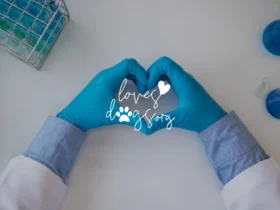
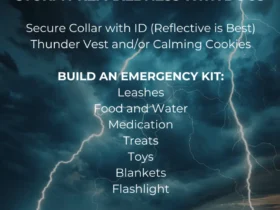

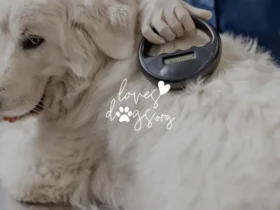
Find Loves Dogs on Social